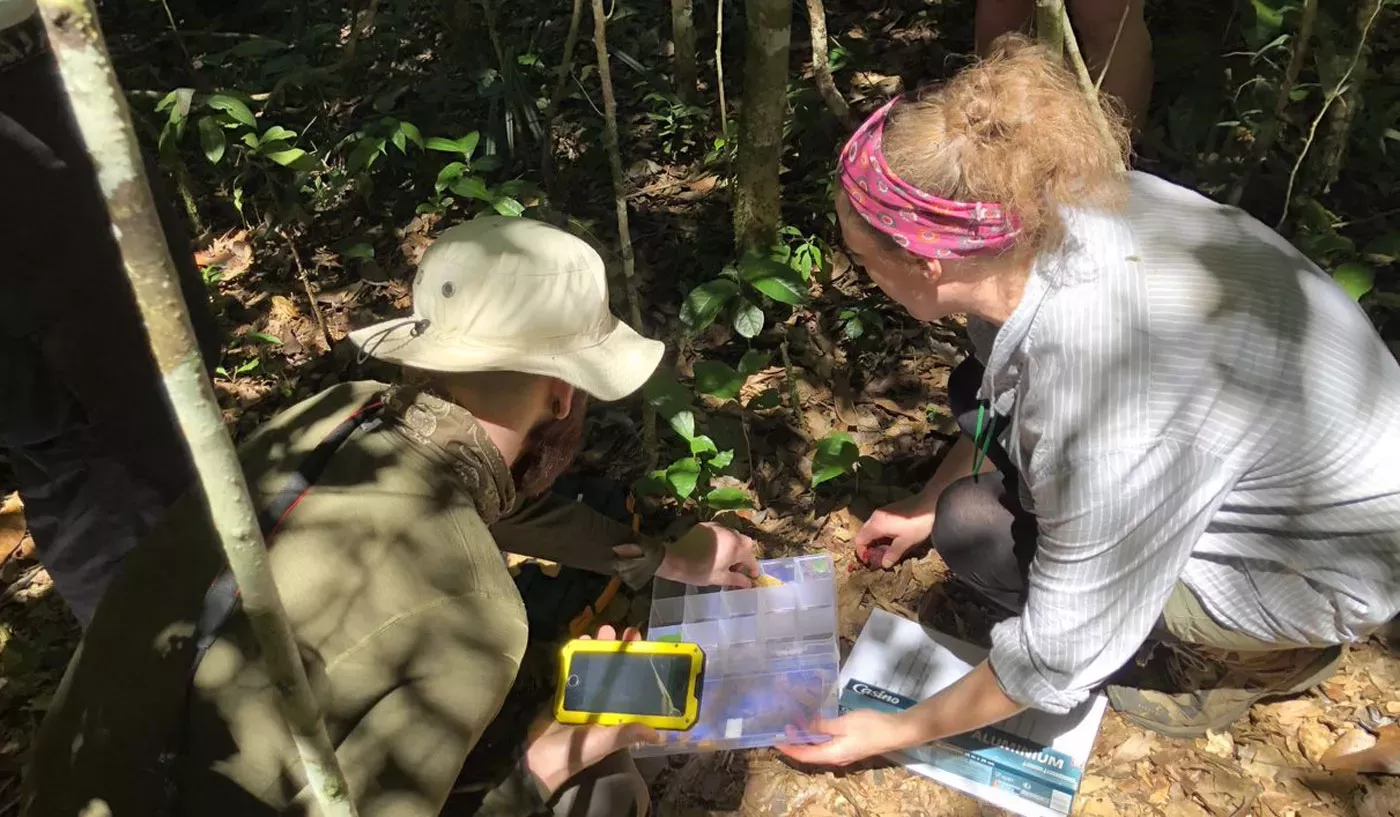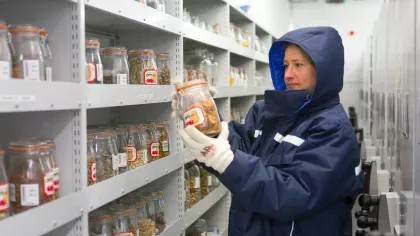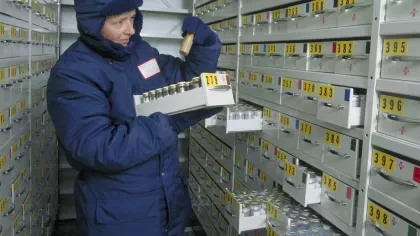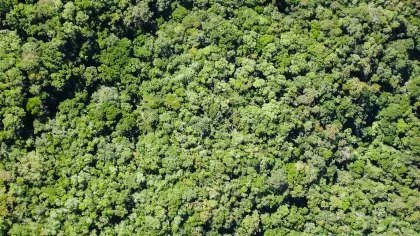18 April 2019
What is biodiversity?
The Earth is teeming with life. From fungi to forests, bacteria to bountiful deserts, biodiversity is one of our greatest assets to be protected.

Imagine you are standing in a rainforest.
The lively clicks from a hidden creature echo around. You peer ahead into a dense layer of green leafy cover, listening to a steady stream of rain hitting the leaves as insects crawl all over the fungi growing on a tree trunk.
Life is literally teeming around you.
That’s biodiversity; a word that sums up all the life on Earth and the neat systems it inhabits.
But it’s not just a busy rainforest. It’s the local park down your road, the ecosystems under the sea, or the desert landscapes streaking across the Sahara.
From the giant redwood to the underground fungi and the bacteria around us; biodiversity is the term that encompasses the huge number of species that make up the planet and the ecosystems and processes they are involved in.
Why does biodiversity matter?
Biodiversity is a direct contributor to human life as we know it.
Once a species of plant has gone, it can never be recovered. All the secrets it holds disappear with it.
All the interactions between plants, fungi and animals lead to the food we eat, the medicines we rely on and even clean water and oxygen. Just being around nature boosts our mood and wellbeing.
It goes further than that. Plants also regulate the climate, protect communities from natural disasters like hurricane damage, and counteract the pollution in the air by carbon-sequestering.
In the UK alone, our forests are estimated to have a value of £1bn in biodiversity, carbon and recreational benefits.
Globally, these fundamental services are worth an estimated $33 trillion - yet two-thirds of them are under threat.
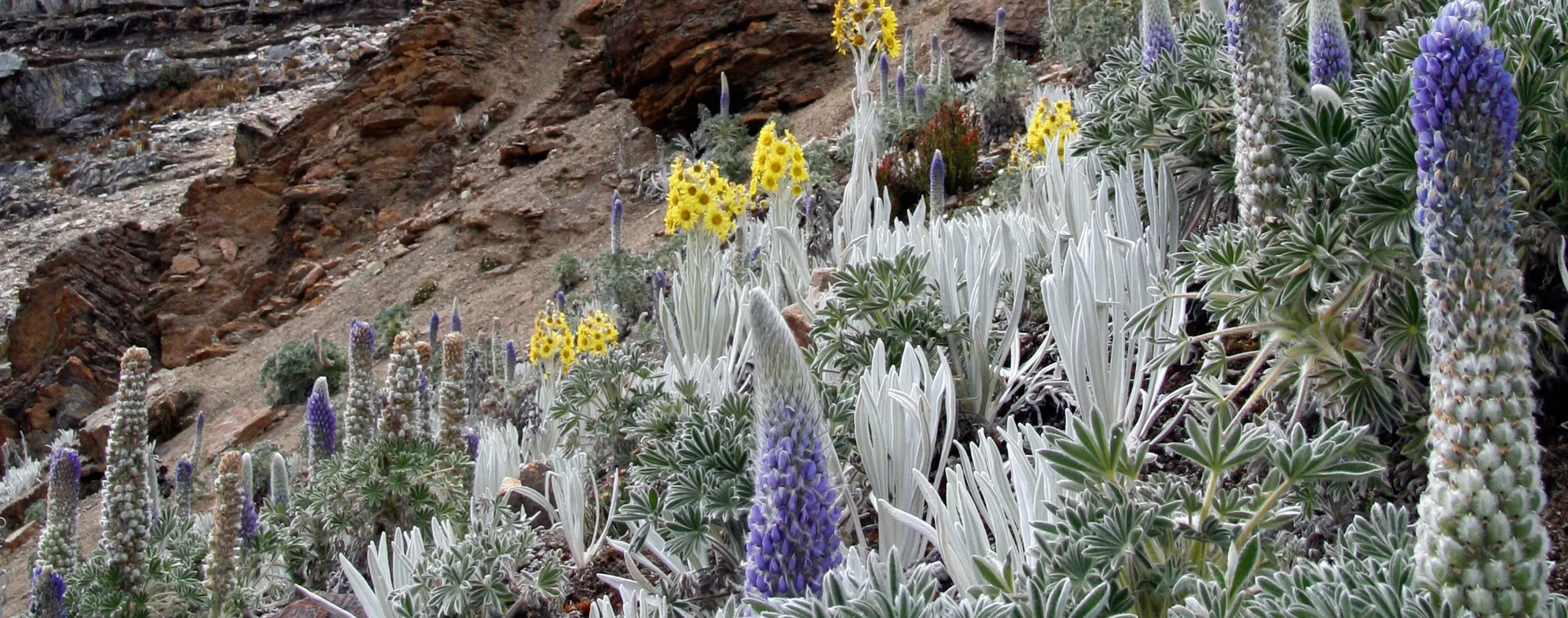
10 of the most biodiverse places on Earth
- Brazil
- Colombia
- United States
- South Africa
- Philippines
- Papua New Guinea
- Malaysia
- The Democratic Republic of Congo
- Australia
- Indonesia
According to RankRed, these countries are also megadiverse, meaning they contain more than 70% of the Earth's biodiversity.
What is threatening biodiversity loss?
Kew has found one in five plant species are at risk of extinction.
Alongside that, the IUCN Red List marks the global conservation status of plant and animal species.
The 98,500+ species assessed make up only 5% of known species on the planet - and 27,000 of those species have been highlighted as threatened by extinction.
There are major drivers towards these threats:
- Habitat loss and deforestation: as demand for land to live, use or work on soars alongside a booming population, more of our biodiversity is taken away.
- Climate change: extreme temperatures and changing systems means plants are struggling to adapt and survive, altering the food chain and the ecosystem around it.
- Pollution: the damage from excess fertilisers, sewage and generally destructive modern-day practice are contributing towards an increase in biodiversity ‘dead zones’.
- Over-exploitation: much of our land use is unsustainable, as demand for species grows faster than the ability to replace them and illegal harvesting is still rife.
- Invasive species, pests and disease: drug-resistant disease, adapting pests and new species start to strangle the areas of biodiversity, killing off the natural assets.
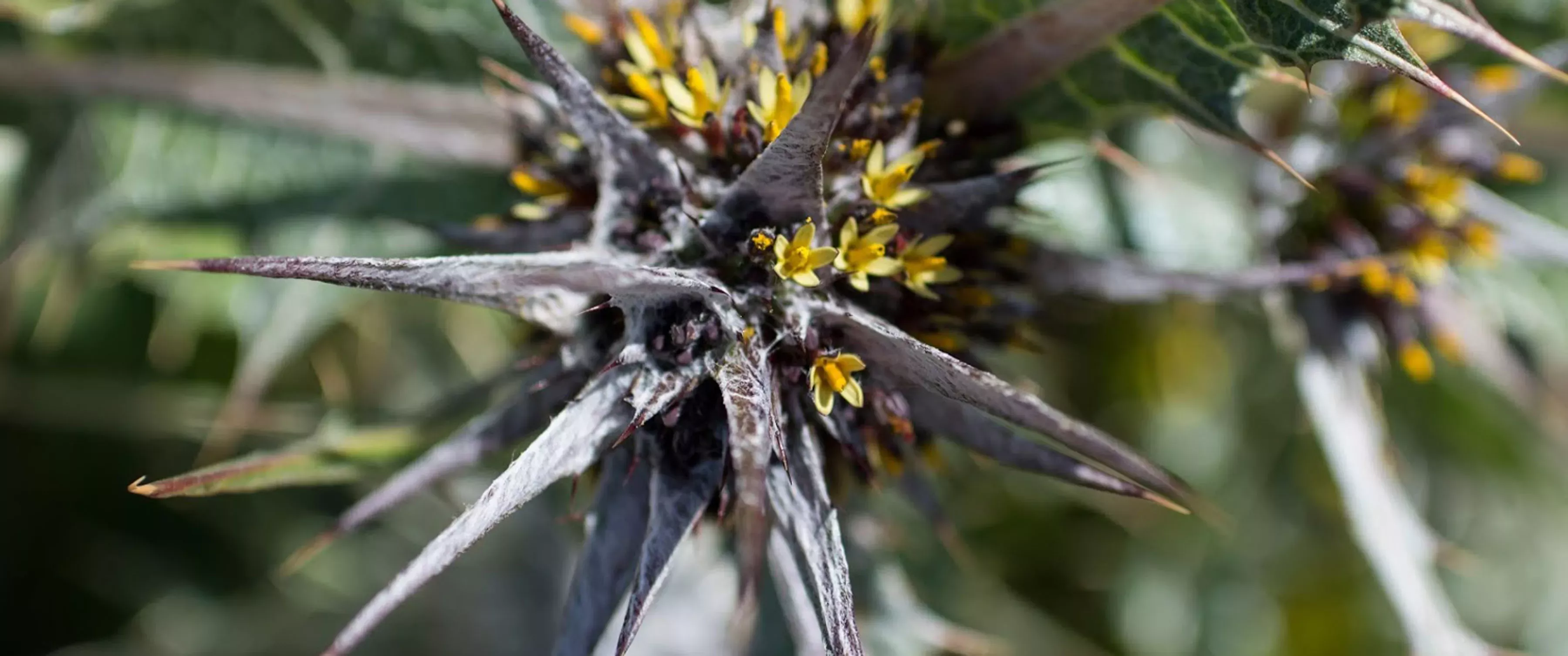
What’s Kew doing about it?
There’s so much we don’t know about the biodiversity of Earth.
Identifying:
In countries like Madagascar and Colombia, we are partnering with local institutions to identify and document new species.
Our scientists go on expeditions to discover and research new plants and fungi, find out about the threats to their existence and the uses that they have for local communities and the world’s population.
By identifying them, we can build up a knowledge bank to help us find the answers to food security issues, climate change and more.
Tracking and advising:
We work with governments to champion the value of their country’s biodiversity and make strong recommendations on how best to protect and utilise it. Our teams track where it’s being lost, so we have a good understanding of how fast we need to act before it’s too late.
Our Plant Assessment Unit support IUCN Red List efforts to determine which species are risk, and outline their threats, adding them to the list.
With our work on CITES, we are enabling borders to identify illegal trade of at-risk species and clamp down on their loss.
Banking:
With the Millennium Seed Bank, we are banking the world’s seeds of wild plant species that have been collected by Kew scientists and our international partners.
This is an insurance policy against the extinction of plants in the wild, giving us a resource to grow them and study them safely.
With over 2.25 billion seeds from 189 countries, it’s the largest conservation project of its kind.
